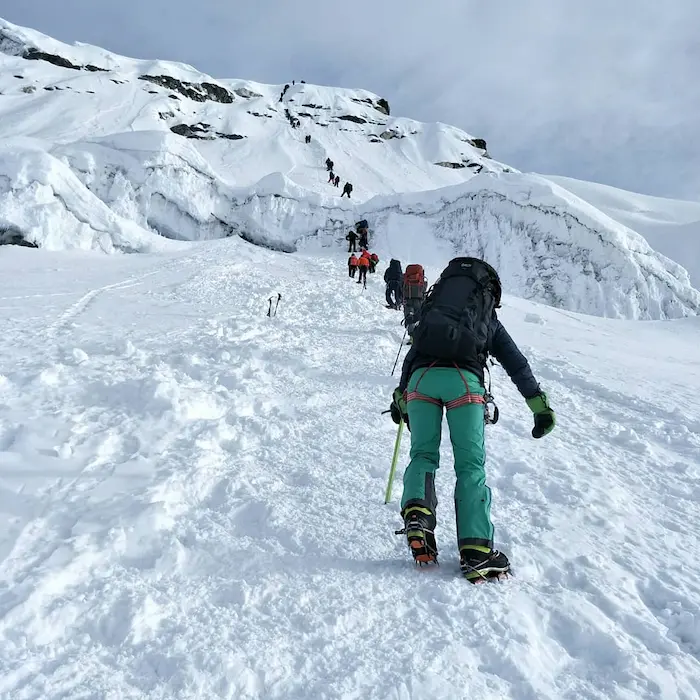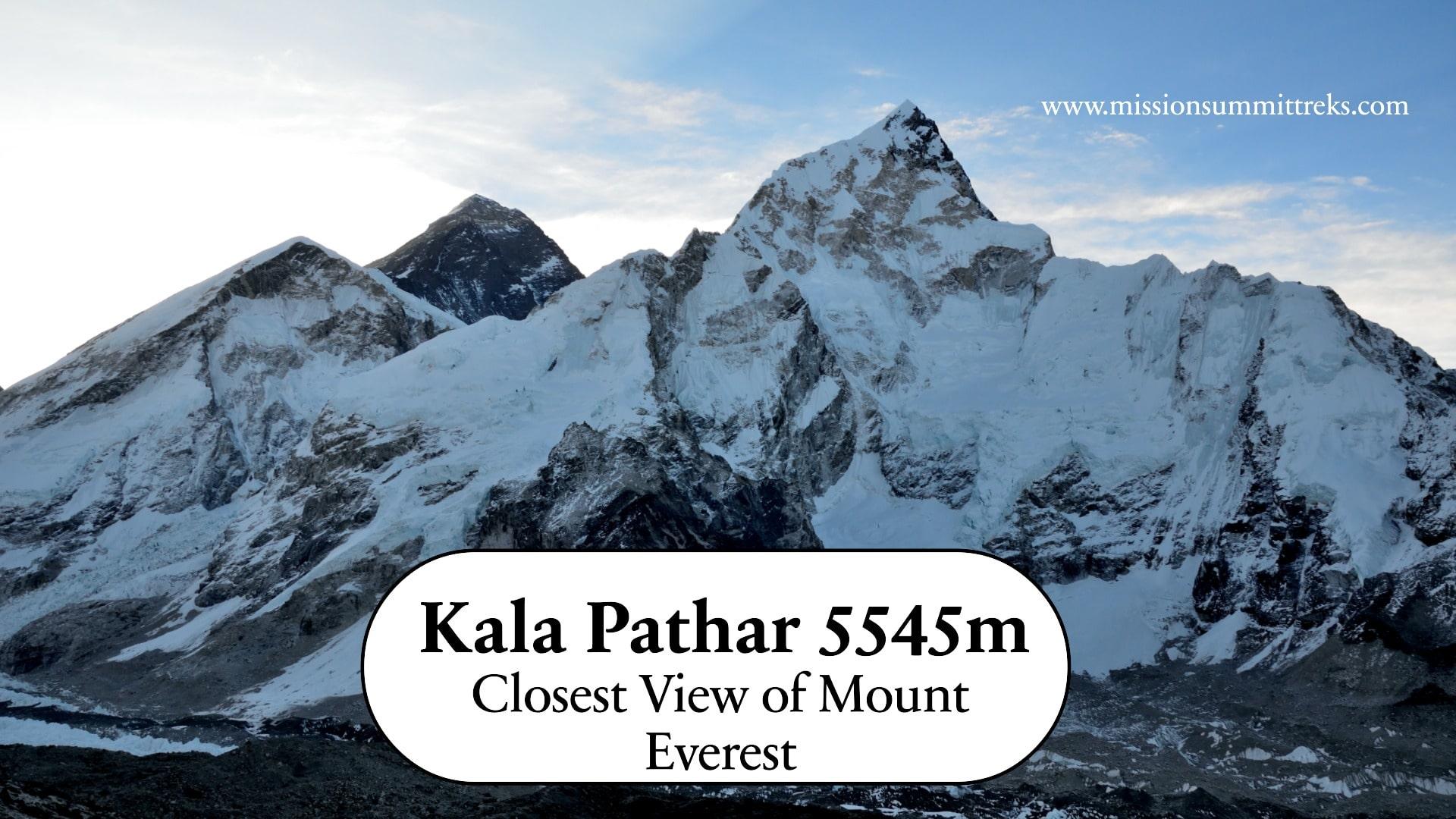Best Season For Island Peak Climbing
Mission Summit Trek

The best time is key for all climbers for the summit. Island Peak, commonly known as Imja Tse, is a 6,041-meter-high mountain. It is located in the Khumbu region at 27.924 °N, 86.937 °E. The peak is an extending ridge of the south end of Lhotse Shar, which appears as an Island on the pool of ice. Your aim of climbing mountains comes to reality via island peak climbing. Stepping on the peak of the island not only makes you a climber, but you will also create history. Your experience opens a new door for climbing eight thousandths of the world.
The best season is essential for successful climbing. We recommend the autumn and spring seasons as the best season for Island Peak climbing. The autumn and spring seasons are considered the best time of year for climbing mountains due to favorable weather and temperatures.

When to climb Island Peak?
You should climb the Island peak either in the spring season (March, April, and May) or in the autumn season (September, October, and November). The reason behind choosing the spring and autumn seasons is described below:-
Spring Season
The spring season is the best season for island peak climbing. It comprises the months of March, April, and May. The best view of the mountain throughout the trek and the best weather for Island peak climbing is gained in spring season. The average temperature remains 17°C during the day and -15°C at night. You will not suffer from rain and extreme cold during your walk and overnight stay, respectively. The newly grown buds, blooming flowers and crippling birds on forest pleased you and give you the satisfaction of the trek. The pleasant weather and clear view of the white Himalayas energize your vision, completing the mission of climbing Island peak.
After spring season, you will meet monsoon season in Nepal. The monsoon cloud from Bay of Bengal enters in the atmosphere of eastern Nepal, resulting in heavy rain in June, July and August. Due to these monsoon clouds, the mountains remain hidden behind the clouds, and foggy weather makes your trek unpleasant. It will be impossible to climb mountains in rainy weather and there is a high risk of avalanches. Thus, never choose the monsoon season (June, July, August) to climb Island peak.
Autumn Season
The autumn season is another best time to climb Island Peak. It includes the month of September, October, and November. After the end of summer or monsoon season in Nepal, the season of trekking and expeditions begins. The vegetation washed from heavy rainfall during monsoon season feels fresh and gets rid of continuous rain. The delightful scenery and Whitish Mountain, hidden in fog and clouds, again appear bright and shiny. You will enjoy each uphill and downhill journey. Climbing Island peak in the autumn season is best due to the brilliant weather as expected. The temperature remains suitable and climbing remains safe during the autumn season.
Thus, we always recommend the spring and autumn for Island Peak (Imja se).
Why are summer and winter not the best times for climbing?
Winter (December, January, and February) is a very cold season; the temperature falls extremely low, up to -30 °C. Due to extremely low temperatures, most of the hotels remain closed, and people could not stay at high altitudes due to the snow-covered surroundings and freezing state of water. Trekking as well as climbing could not be done due to low temperatures and bad weather.
The summer season in Nepal bears heavy rainfall every day, either in the morning, at noon, in the evening, or the whole day. Avalanches and GLOF may occur due to excessive snow accumulation on mountains with heavy rainfall. Most hotels remain closed due to extreme climatic conditions. Hotel owners shift to low altitudes to escape from such unfavorable weather and live comfortably downstream.
Conclusion Of Best Season For Island Peak Climbing
In conclusion, the best seasons are spring (March, April, and May) and autumn (September, October, and November) for Island Peak climbing because the weather is advisable compared to summer and winter. If you are planning to climb and looking for an organizer, contact us, and we will provide you with the best package at an affordable cost.




